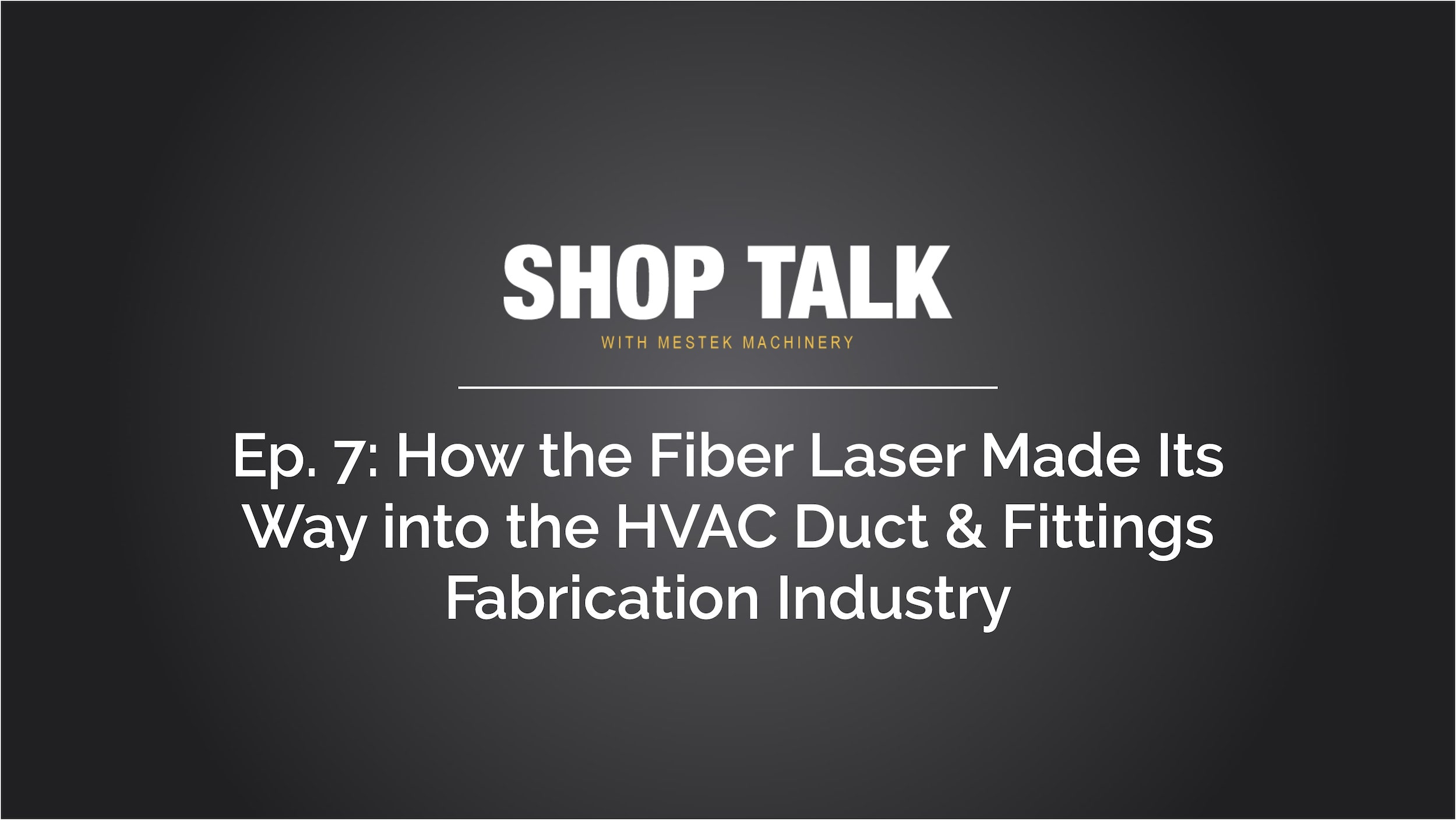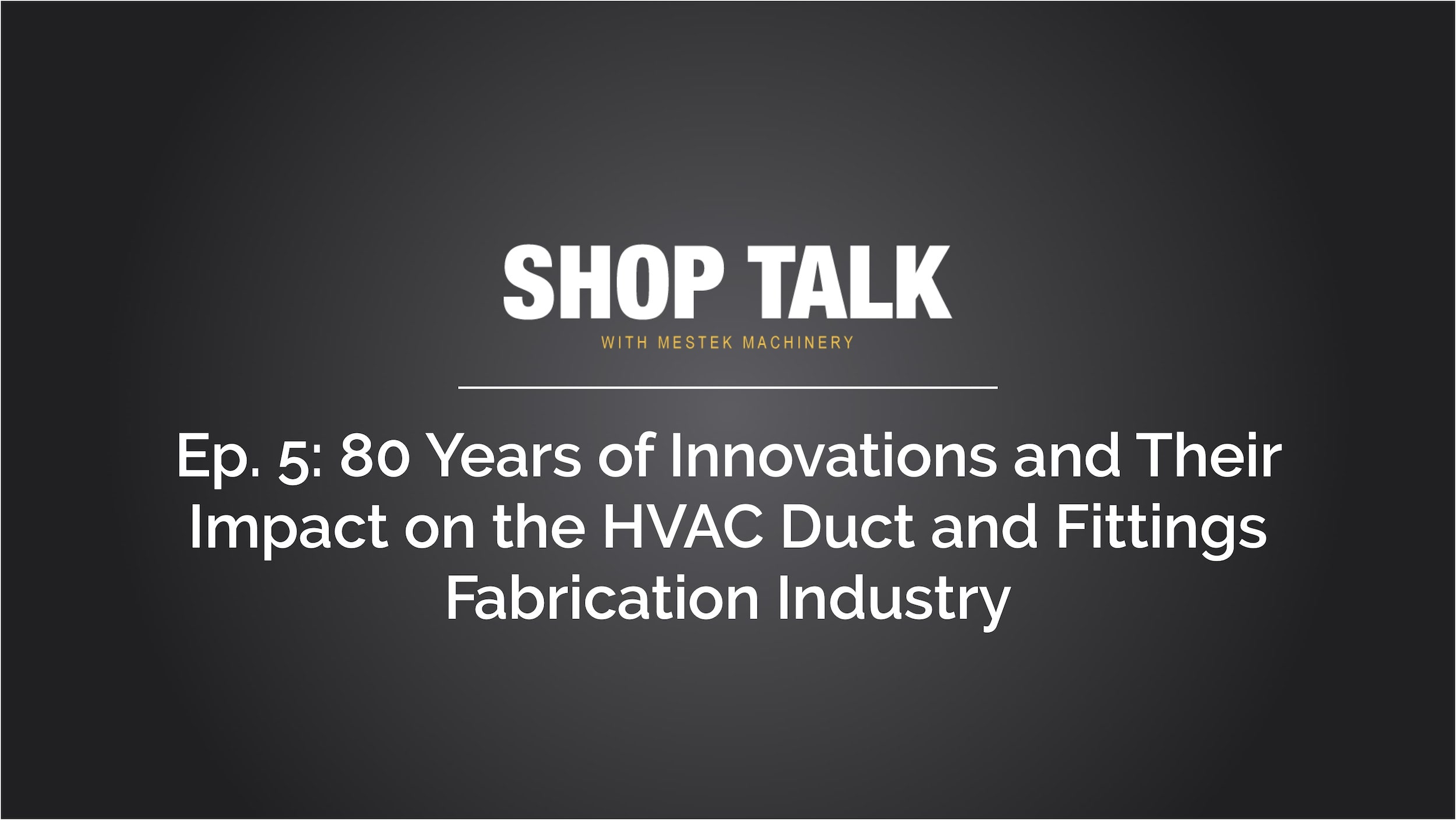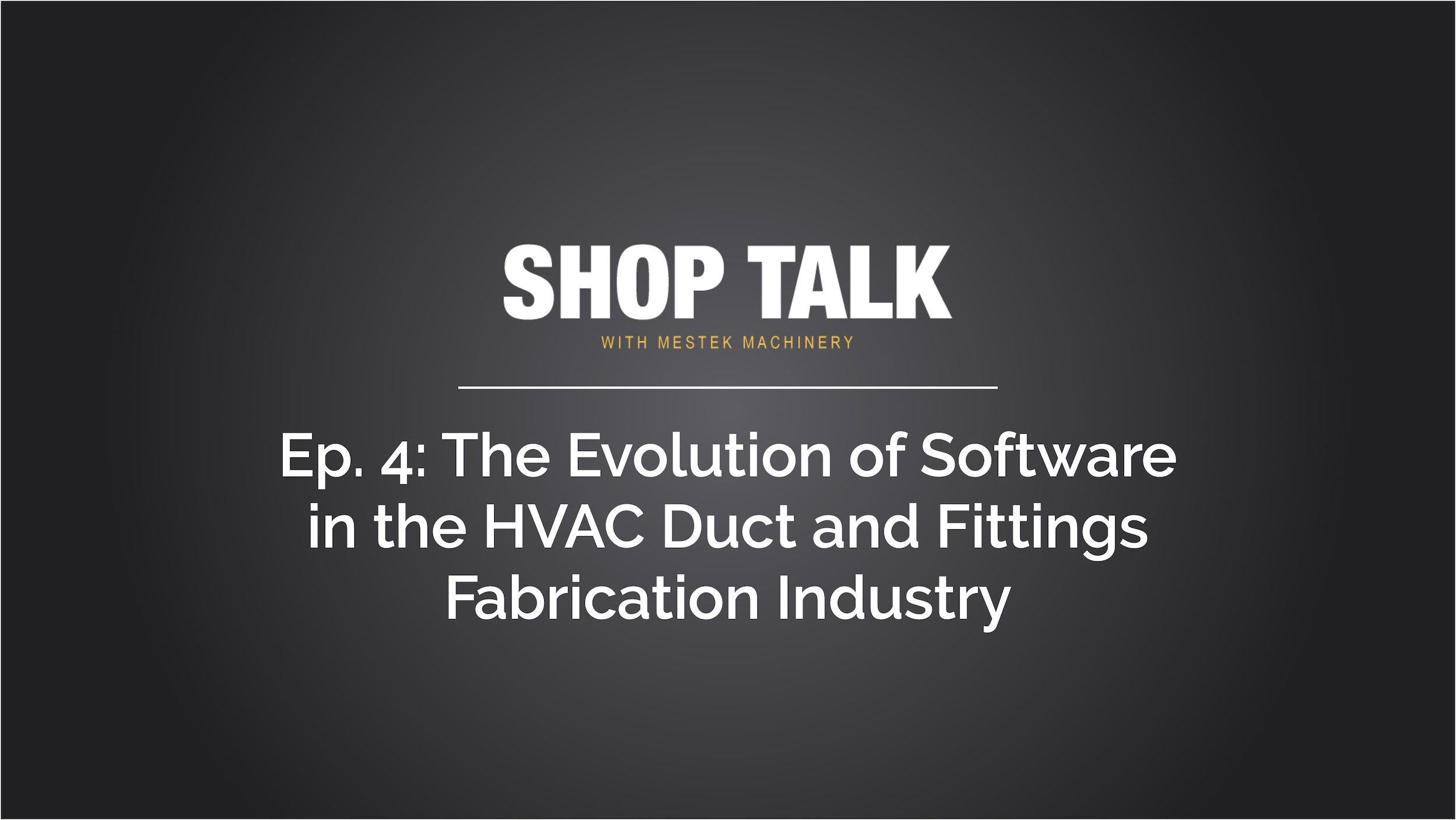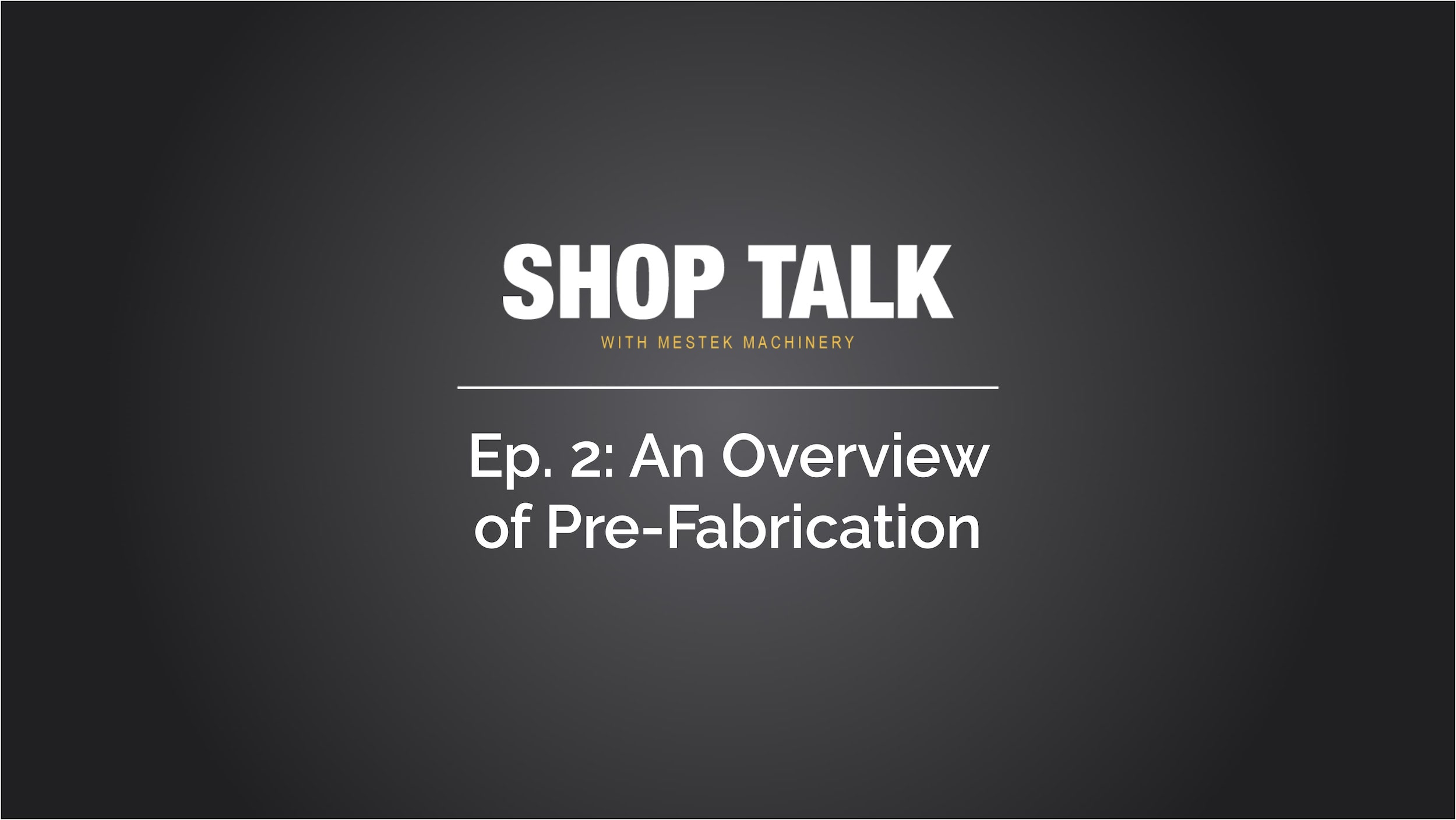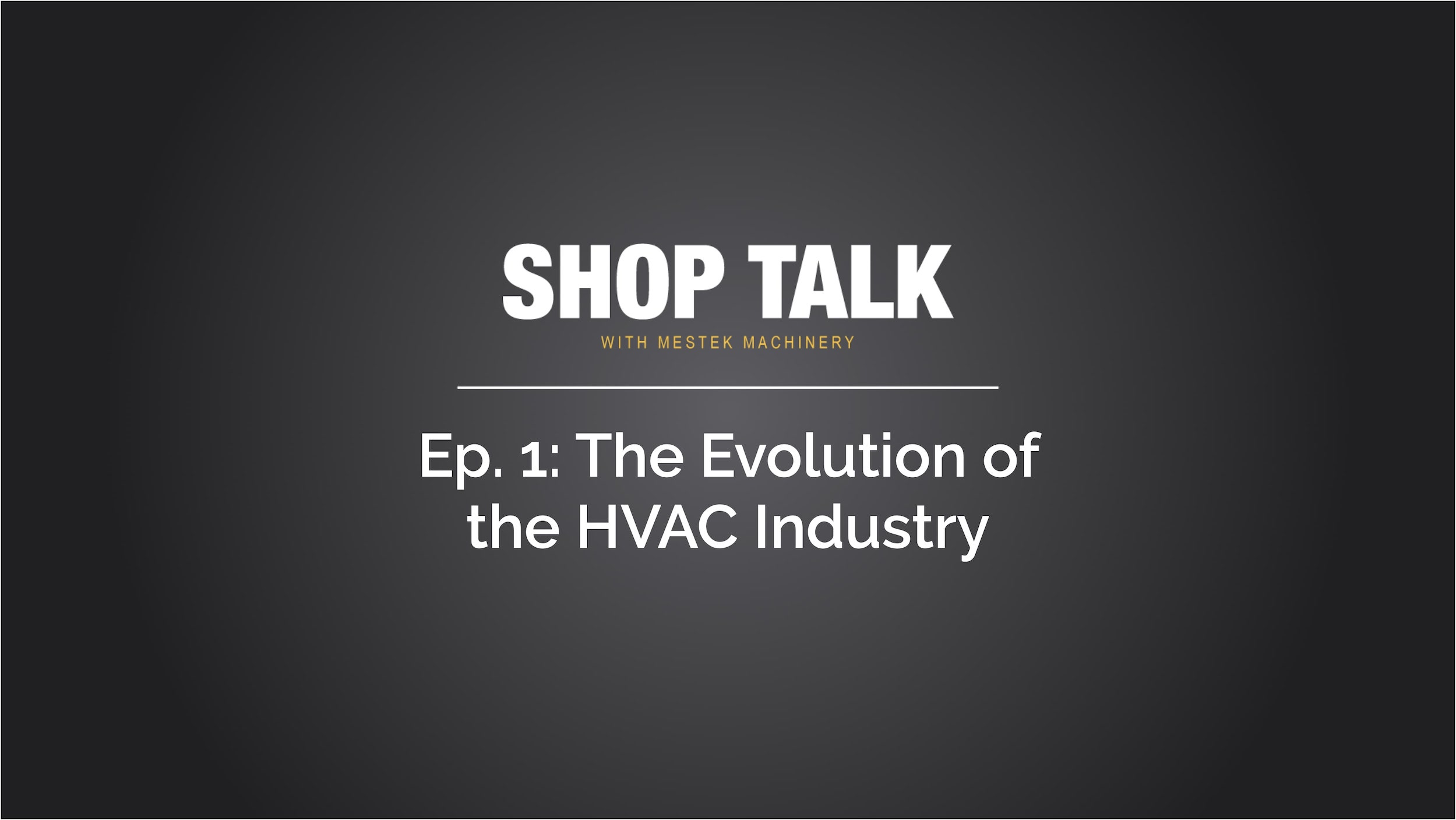Welcome to Shop Talk with Mestek Machinery — where we discuss the topics that matter most to the fabrication shops, contractors, and anyone else in the HVAC duct and fittings fabrication industry as you look for ways to improve your operations.
In this episode, John Welty is joined by Mike Bailey and David Daw and they take a look at how the water jet for internal HVAC insulation cutting came to be and how it became the standard in the industry that everyone else has tried to copy ever since. We think this look back in time will provide a lot of context for how the industry continues to evolve. And as you begin to evaluate if a water jet or any other piece of equipment is right for your operation, please remember that we’re always here to help. We’d love an opportunity to help you achieve your objectives so please don’t hesitate to reach out for a consultation. There’s absolutely no obligation — we’ll simply get some information about your operation and what you’re looking to do and see how we can help.
Meet the Panelists

John Welty
Owner | Welty Automation
- Welty Automation is a strategic partner providing machine automation and engineering support to Mestek Machinery
-
Started at Iowa Precision Industries in 1996 on the drafting board
-
Software development progressed within engineering, and then the factory, and now the HVAC Ductline controls
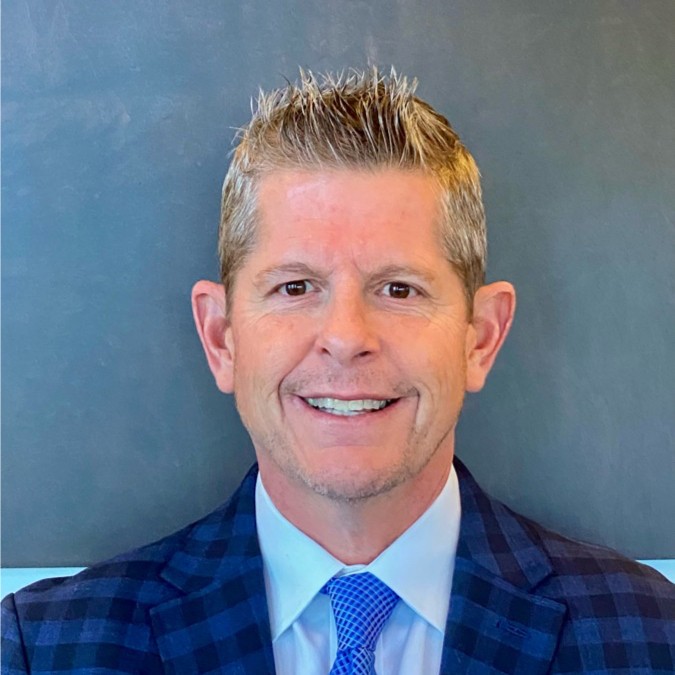
Mike Bailey
Senior VP of Sales | Mestek Machinery
- 27 years in the HVAC duct and fittings fabrication and sheet metal fabrication industries
- Bachelor of Science Degree | James Madison University
- Helped develop Premier Partner Program with SMACNA
- Partner to Trimble and Applied Software Cad to Cam Processes

David Daw
President | HVAC Inventors Systemation, Inc.
- Product Development consultant to Mestek Machinery
- HVAC fabrication industry technology inventor for over 50 years
- Inventor of Cornermatic corner inserter machines, specialized TDC and TDF corners, and Bendermatic (expected to hit the market in mid-2022)
Watch the Video
Listen to the Podcast
Read the Transcript
Hello everyone, I’m John Welty and welcome to Shop Talk with Mestek Machinery. In today’s podcast I’m joined by David Daw and Mike Bailey. And we get into a discussion about how the water jet for internal HVAC installation cutting came to be and how it became the standard in the industry that everyone else has tried to copy ever since. Thanks again for joining us.
Mike, do you want to kick that off?

But again, I’m not going to purchase a machine for $100,000 to cut duct liner for God’s sakes. Right? Well, as I make the statement, there’s a contractor behind me that I called on in Georgia. And he says, “How soon can I get it?” And I look at him and I look at Ryan and Ryan says, “We got to show in Florida next week, you can have that one.” He said, “Tell me what to do to sign up.”
So I don’t know anything about this, right? I’m like, “Oh God.” Handy, my employer thought this guy was great, because I had to turn the order into Handy. And he’s like, “What is going on with this?” I said, “I don’t know. Don’t know, I’ll give it some time. I’ll find out.” And I went back to his factory about… I would go every week, but I gave it about three months and I finally went to the owner. I said, “Why?” And he said, “Mike, it’s simple.” He says, “First of all, you’re doing it manually. You’re cutting out insulation manually. The human mind cannot optimize, right? Now I’m optimizing with software, my cut patterns and I’m saving scrap. I had a 52 gallon drum a day of scrap at 32 cent per square foot. I’m down to a 52 gallon drum a week.” He’s a fabricator for others, so speed at 1,200 inches a minute meant a lot to him too.
But he said this. He said, “Mike, it takes all the thinking out of it. Even you could run this machine.” So I took that knowledge he gave me and we went to work. And I think, if I’m correct, we probably have over 400 systems just in the U.S. today, and that doesn’t count Australia and overseas. So again, there goes me, dead wrong from the get go because I basically said, “Nobody’s going to buy one for $100,000,” but it evolved the installation cutting. It cleaned everything up.
Cutting installation is still, that’s a tough gig. You got fiberglass. And if you’re not doing it correctly, it could be a health hazard, right?
There’s some remedial tools out there trying to cut these things with a RotoZip or a knife and things like that. And that’s crushing the fiberglass, and that fiberglass is spinning in the air. So we feel like that’s just harmful. The water jet just cleans the whole thing up. The machine cuts it 1200 minute. It takes all the thinking out of it for you. It optimizes for you. It saves you the scrap.
It actually does what we call a zero scrap factor, so there’s no scrap in between the parts. So beyond the plasma cutter in the mid ’80s, that was the next revolutionary tool. And a lot of folks would tell you this installation is going away. Because of my association as a distributor in selling installation for 10 years, I will tell you this, that these four manufacturers, Johns Manville, Owens Corning, Corning Pittsburgh, Certain Teed are four huge governing entities in the country pouring billions of dollars in the industry.
It’s not going away, but it’s getting better. That’s what’s happening. So in conjunction with that water jet, it’s made that process a lot faster and clear.
Lockformer | Vulcan 1600 Fiberglass and Insulation Foam Waterjet Cutting System
Features
Testimonial: Abe Zachem - Pro-Fab Sheet Metal Inc.
Testimonial: Greg Boling - Perimeter Sheet Metal Inc.
Testimonial: Jack Knox - R.F. Knox Co. Inc.
Testimonial: Mi-Kee-Tro (MKT) Metal Manufacturing, Inc.
Cutting ArmaFlex Insulation



